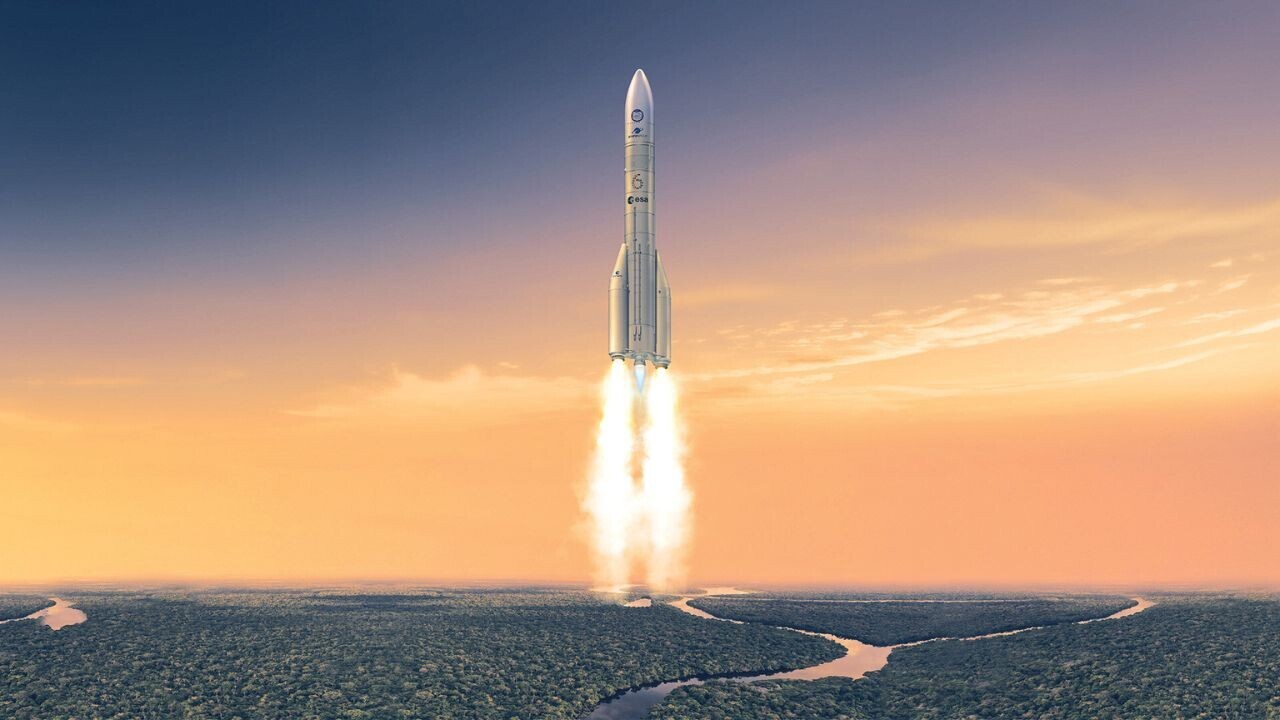
As far back as December 2013, the European Council called for the member states of the European Union to develop their defence capabilities and so enhance the “strategic autonomy” of the EU. Since then, the idea that the term encapsulates has come up time and again.
In 2016, it was made part of the EU’s Global Strategy doctrine. It was promoted again in late 2020, championed in particular by France. And it was the thread that ran through Ursula von der Leyen’s State of the European Union speech of 2023. “Von der Leyen’s EU aims to make itself resilient in the face of external challenges, to solidify its borders, and to ensure support for the economy,” said Frances G. Burwell, a distinguished fellow at the Atlantic Council’s Europe Center.
And yet, when it comes to space, an increasingly vital area of the world economy, with important applications in sustainability, navigation, and defence, Europe still relies heavily on the United States. Though Europe, owing to its long tradition of scientific investigation and free inquiry, as well as its spirit of innovation and immense cultural diversity, is a world-leader in many areas of space technology, it does not have a satellite launch capacity that is anything like as mature as that of the US.
Consequently European commercial satellite operators depend on US launch services from companies like Elon Musk’s SpaceX to get their hardware into space. Even the strategically important Galileo navigation satellites — Europe’s answer to the US Global Positioning System (GPS) — were dispatched on a SpaceX Falcon 9 rocket.
A European launch legacy
Later this year, the European Space Agency’s (ESA) scientific Hera probe, which will study the Didymos binary asteroid system, will be launched on another Falcon 9. Given the absolutely vital role of space in world affairs, European dreams of strategic autonomy look some way away.
But Europe does have a launch system of its own, and one of them is the Ariane 6, which is due to take off on July 9. And this matters, because it is a step towards European independence in respect of satellite launches. Ariane 6 has been designed to be more cost-effective than its predecessor, Ariane 5 — the stated aim of Ariane in 2015 was to halve the cost — and to be capable of delivering a diversity of payload types to a variety of orbits, making it suitable for a diverse range of missions.
It’s hoped that Ariane can support key European space missions, such as Galileo and Copernicus, the Earth observation programme. Reliable, cost-effective launches are crucial not just for deploying new satellites but maintaining existing ones. It’s no surprise, then, that ESA Director General Josef Aschbacher described getting Ariane 6 to launch as “of highest priority for ESA.”
Cutting launch costs
Ariane 6 and future European launchers are absolutely necessary. There are some European satellites that will never be launched if they aren’t strapped to something European. For that reason alone, it’s important that Europe continues to invest in its launch capabilities.
Ariane 6 is no white elephant: it is much more than a symbol. But the reality is that despite its lower cost compared to the previous model in its series, and despite its necessity, Ariane 6 is still very expensive compared to, say, a Falcon 9 or a launcher provided by SpaceX. No government, national or regional, has bottomless time or cash.
So what’s the next move? One solution, which has been mooted by Aschbacher, is to adjust the ESA’s policy of “geopolitical return,” according to which each member state is, in the form of industrial contacts, currently repaid the equivalent amount of any investment contribution. If Italy invests £50, it gets £50 back. If Ireland gives £100, it gets £100 back.
This can create overheads and harm productive competition. Since at least the 1990s in the United States, in contrast, NASA and the Space Development Agency have put their faith not just in the private sector but in competition, stating what they want and encouraging companies across the board to duke it out for the contract.
Recently, the Pentagon stated its aim, through the Commercial Augmentation Space Reserve (CASR) programme, to integrate private sector technology into military operations, covering both training exercises and real-world scenarios. The primary objective is to ensure that, in the event of a conflict, essential satellite-based capabilities — such as communications, navigation, surveillance, and missile detection — will be maintained and improved by private enterprises with surplus capacity.
Fostering commercial competitiveness in space
Competition burns off inefficiencies and brings down costs. So though the launch of Ariane 6 is a step forward for European space, and a step towards strategic autonomy, fostering a more competitive commercial environment — one in which space tech companies could jostle for contracts — would accelerate the continent’s progress towards the geopolitical independence that has eluded it ever since it was first discussed as a stated goal of the EU in 2013.
With space becoming the spine of the global economy, and a vital part of national and regional security (made plain by the creation of the Space Force arm of the US military in 2019), it’s crucial that Europe looks to create conditions in which its enormous space tech talent can be harnessed to its full potential.
Get the TNW newsletter
Get the most important tech news in your inbox each week.




